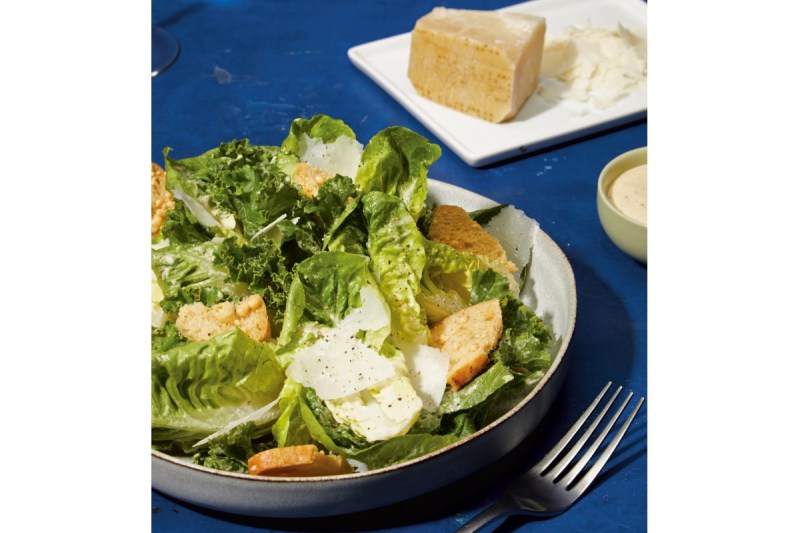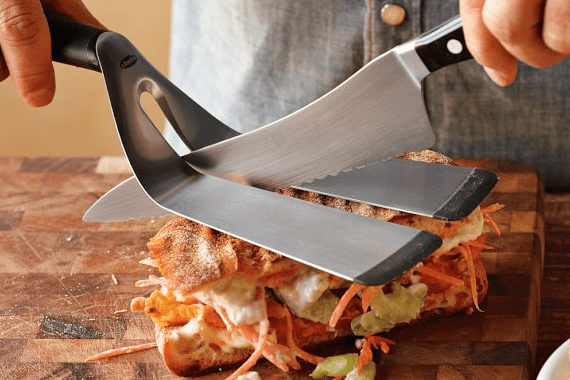
So you’ve got a stale croissant. Worry not; that doesn’t mean it is destined for the freezer or trash bin. Instead, the older French pastry can be called upon right away for a host of good culinary purposes.
We get it. We love a fresh and steaming croissant as much as the next person. But they don’t stay that way. And just because they dry up a bit and harden does not mean you have to throw it in the bird feeder. That’s quality dough, and it should not be wasted.
So, what to do with stale croissants? Here are five great ideas worth pursuing. Before you know it, you’ll be combing the day-old section at your local bakery, searching specifically for what’s stale.
Make a smashed croissant
Yep, it’s the new sibling of the smashburger. Begin by rolling it with a rolling pin. Drizzle some honey over both sides and add a little butter before wrapping the croissant in parchment paper. Put it in a pan over medium heat and fry it on either side for a few minutes (press it with some weight for the mashed effect). Pull it off the heat when done and remove the parchment paper.
Top with ingredients such as pistachio bits, Mortadella or ham, burrata cheese, and fresh greens. But don’t stop there; you can pretty much make an open-face sandwich out of anything you’d like. If it sounds like a viral dish you’d make when you’re high or have had a few drinks, well, it is.
Make croutons

This is an easy one and a great way to add some texture to your favorite salad. Simply tear up your stale croissant, throw the pieces on a baking sheet, drizzle with oil, and bake in the oven until golden brown. You can give them a nice char with a quick broil, if you like.
Use as breadcrumbs
Stale croissants work great as a breadcrumb substitute. Because they’re so flaky, they turn into crumbs with ease. And once in this form, they can be used any number of ways, from meatball filler or stuffing ingredient to a savory crust sprinkled atop your favorite protein (meat or plant-based) before cooking.
Make a panini

The sweeter, more buttery bread does great as a sandwich frame. If you don’t have a panini press, fret not, as you can just use a traditional pan and apply some weight with a spatula or similar. There are millions of options here but we really like things like grilled chicken with avocado, brie and ham, or Cubano-style with ham, pickles, and mustard.
Thicken your soup
A stale croissant is a great way to thicken a soup too. The richness of the bread does great in all kinds of broth and gives your lentil vegetable soup or tomato and rice soup a bit more heft. You can break down the pieces and throw them in the pot or throw the pastry in their whole, as the heat of the soup will break it down no matter what. It’s more interesting and flavorful than other soup-thickening agents, like regular bread, beans, flour, or polenta.


